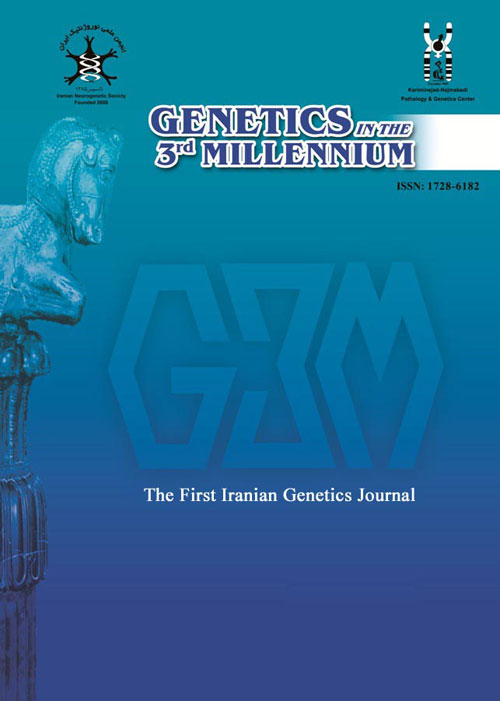Genetics of infantile nervous system channelopathies
Author(s):
Abstract:
Channelopathies may present in infantile and childhood periods as paroxysmal disorders with different manifestations in neurologic, cardiac and neuromuscular system. These channelopathies include genes encoding voltage-gated channels specific for sodium (SCN1A, SCN2A, SCN1B, SCN9A) and potassium (KCNQ2, KCNQ3) which account for a variety of epilepsy phenotypes ranging from mild, such as Benign familial neonatal seizures (BFNS) to severe, such as Dravet syndrome (severe myoclonic epilepsy of infancy, SMEI) and the rare and unusual syndrome. Paroxysmal extreme pain disorder (PEPD).Ligand-gated channels involved include the GABAA receptor in a variety of epilepsy phenotypes and the human glycine receptor. Mutations in five genes encoding subunits of this receptor and accessory molecules underlie hyperekplexia or stiff baby syndrome. In this article we have a brief review of these channelopathies and we hope that our readers acquire new concepts of these old diseases, not only for genetic counseling but to allow the specific treatment.
Language:
Persian
Published:
Genetics in the Third Millennium, Volume:5 Issue: 2, 2007
Page:
1068
magiran.com/p528653
دانلود و مطالعه متن این مقاله با یکی از روشهای زیر امکان پذیر است:
اشتراک شخصی
با عضویت و پرداخت آنلاین حق اشتراک یکساله به مبلغ 1,390,000ريال میتوانید 70 عنوان مطلب دانلود کنید!
اشتراک سازمانی
به کتابخانه دانشگاه یا محل کار خود پیشنهاد کنید تا اشتراک سازمانی این پایگاه را برای دسترسی نامحدود همه کاربران به متن مطالب تهیه نمایند!
توجه!
- حق عضویت دریافتی صرف حمایت از نشریات عضو و نگهداری، تکمیل و توسعه مگیران میشود.
- پرداخت حق اشتراک و دانلود مقالات اجازه بازنشر آن در سایر رسانههای چاپی و دیجیتال را به کاربر نمیدهد.
In order to view content subscription is required
Personal subscription
Subscribe magiran.com for 70 € euros via PayPal and download 70 articles during a year.
Organization subscription
Please contact us to subscribe your university or library for unlimited access!


